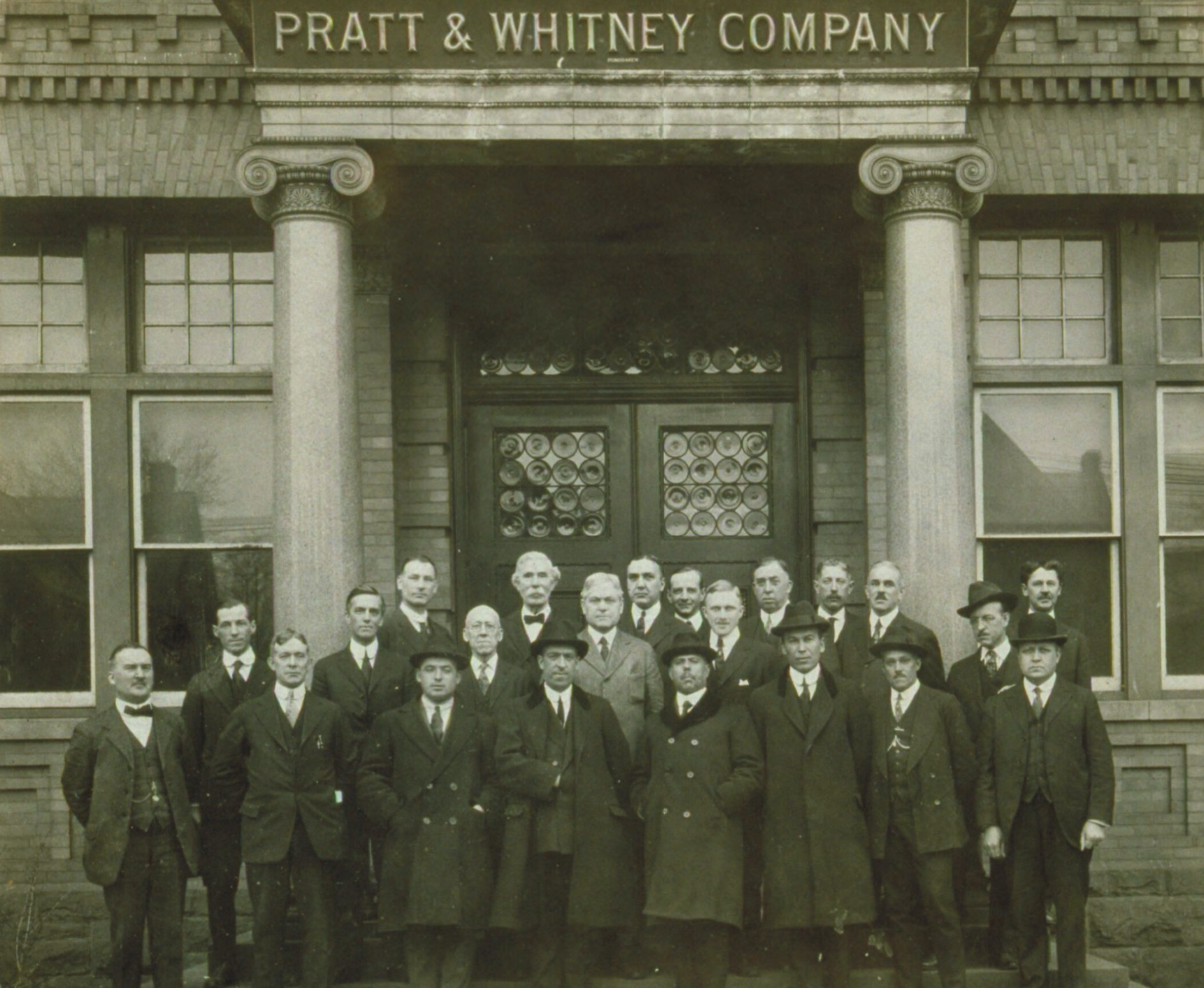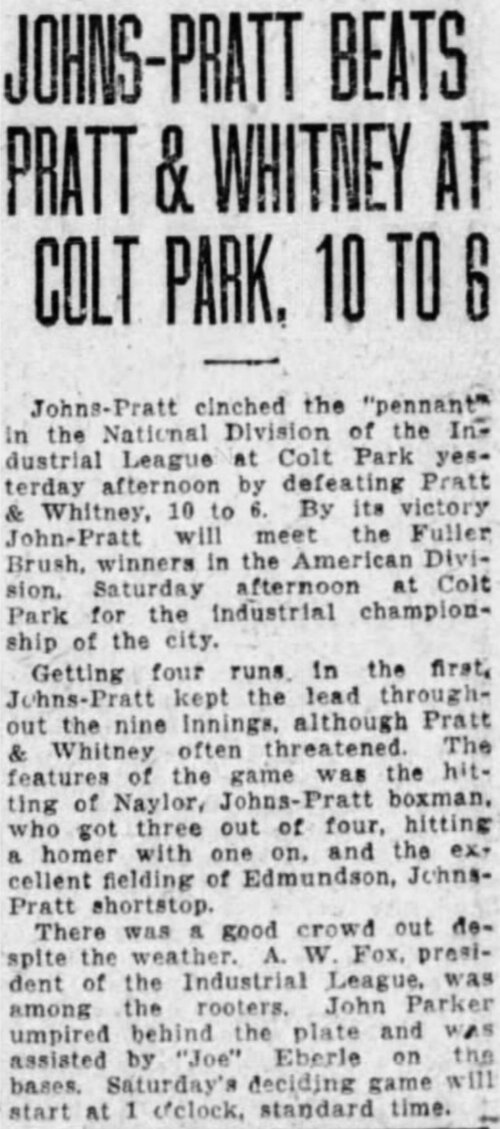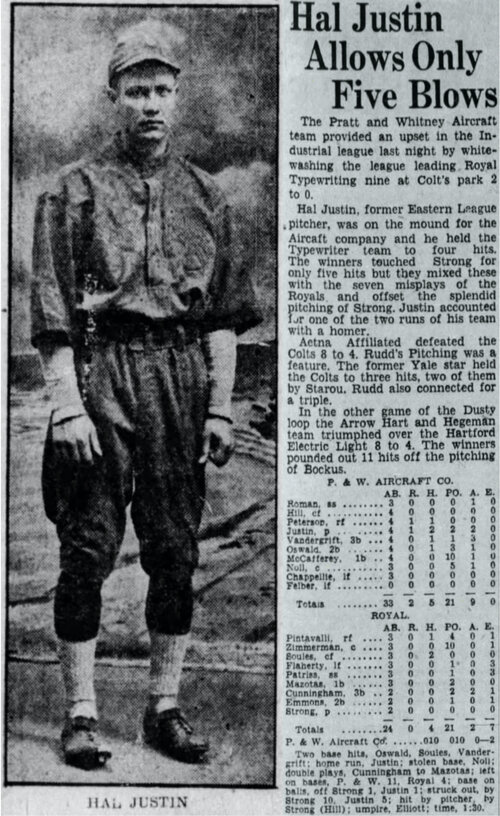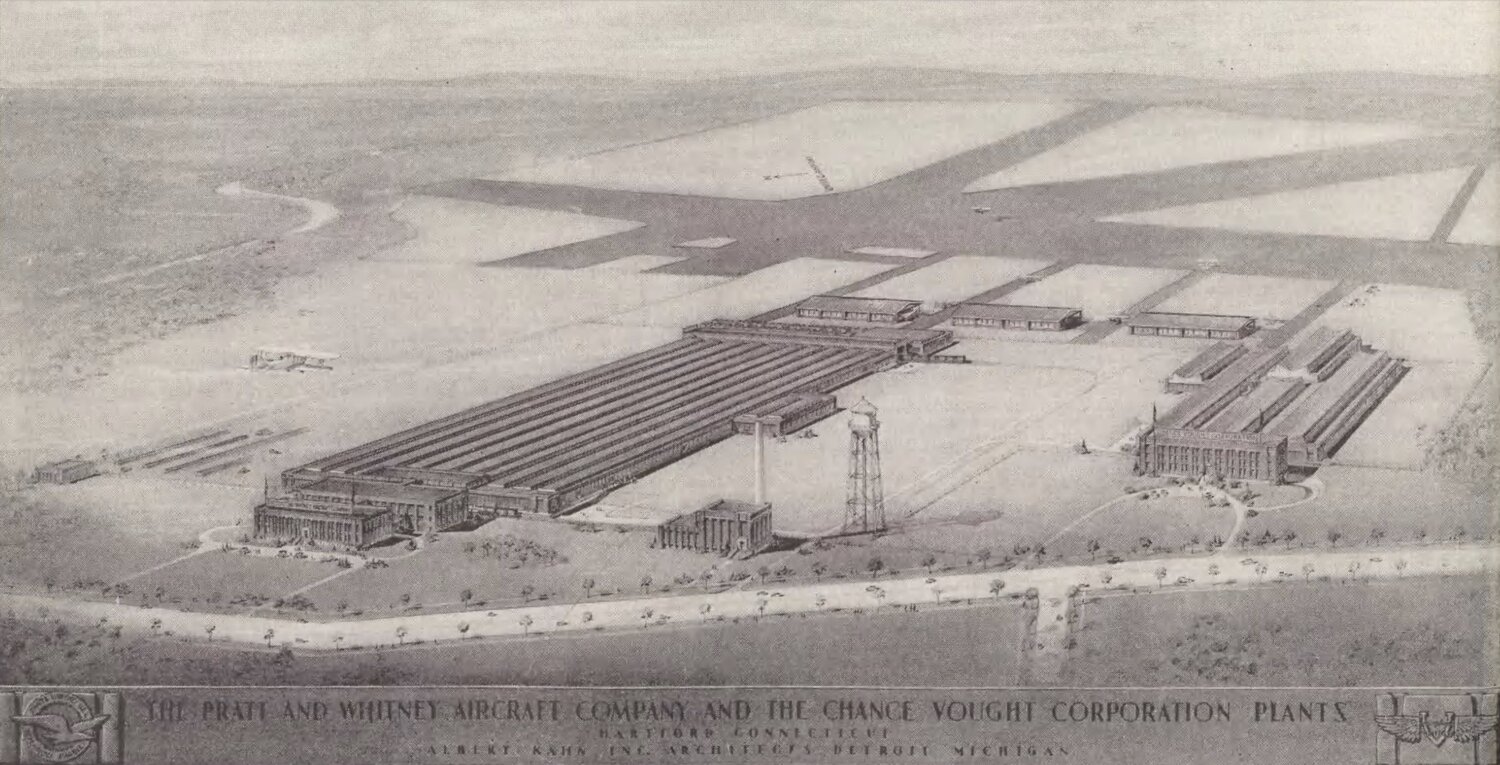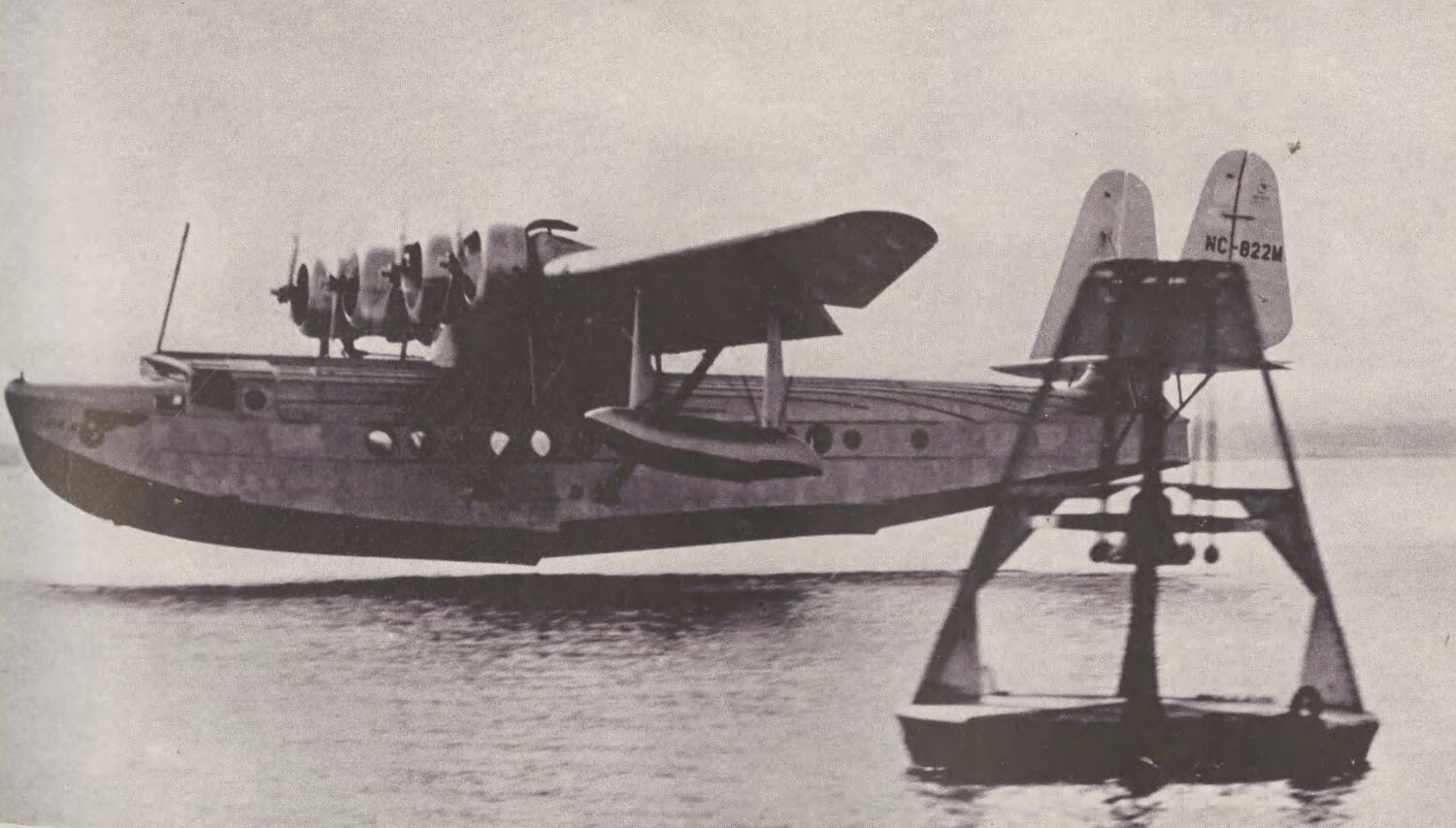Walter J. “Gooch” Fonfara passed away peacefully on Tuesday, May 13, 2025. The league sends our condolences to the Fonfara family. Here’s more on a GHTBL Hall of Fame player nicknamed “Gooch”:
Born January 6, 1924, on Alden Street in Hartford to Joseph and Agnes Fonfara, Walter Fonfara lived a life of service and passion. He served his country honorably in the United States Coast Guard, initially as a radar technician, during WWII. He was a multi-sport athlete, but his first love was baseball.

Out of high school, Fonfara signed with the Philadelphia Phillies organization, but he quickly returned to Hartford to accept a job at Royal Typewriter and spot on their baseball team. He became a constant in the Hartford Twilight League and Hartford Industrial League. A tall, right-handed hitter, he starred as a pitcher and outfielder on the skin diamonds at Colt Park. He manned several twilight teams including Hartford Machine Screw, Columbia Athletic Club and St. Cyril’s. The highlight of his career was playing for a Coast Guard team in 1943 as the only amateur in a lineup of major leaguers.

Fonfara’s final games came at two GHTBL Old-Timers Days in 1965 and 1968. His dedication to the league and his playing career earned him a Greater Hartford Twilight League Hall of Fame induction, Class of 1985. He later discussed his glory days with the Hartford Courant alongside a friend and fellow GHTBL Hall of Fame inductee, Tony DeDominicis. They spoke about playing backyard ball together as boys and then as men for Pratt & Whitney, Royal Typewriter and Underwood Typewriter.

“If you were a good ball player, they hired you,” Walter claimed.
DeDominicis and Fonfara, who picked up the nickname Gooch as a kid, met Mickey Mantle when they were working security at a downtown hotel.
Fonfara told Mantle, “You know, Mickey, I was a Hall of Famer too.”
“You should be proud of that,” Mantle told him.
“Oh, I am,” he replied, proudly. “I am.”

Fonfara’s second love was politics. While never pursuing public office himself, he was a loyal district leader working under the leadership of State Party Chairman John Bailey. He was especially proud of his role as a Connecticut coordinator for the presidential campaign of Senator Edmund Muskie. He was a driver for Congresswoman Barbara Kennelly and her son John, and they shared a lifelong friendship. Walter, who later named his own son John Fonfara, the current State Senator of Connecticut’s 1st District (Hartford and Wethersfield).


Gooch, as he was known to many, was a lifelong Hartford resident. For over 30 years Fonfara served as Deputy Sheriff for the Hartford Police Department. His Polish heritage was a great source of pride that led him to lifelong advocacy. He was the President of the Polish Democratic Club of Hartford for over 40 years and a director of Hartford’s Polish National Home. He had many lifelong friends in the city and they would often meet at Corner Grinder Shop, Allegro Café or Casa Mia.

Walter Fonfara leaves his wife of 73 years, Stella, the rock of the Fonfara family, who let her husband pursue his vocation, as well as political and other endeavors which might have included a card game or a trip to the racetrack.

Source: https://www.farleysullivan.com/obituaries/Walter-Fonfara?obId=42533994














